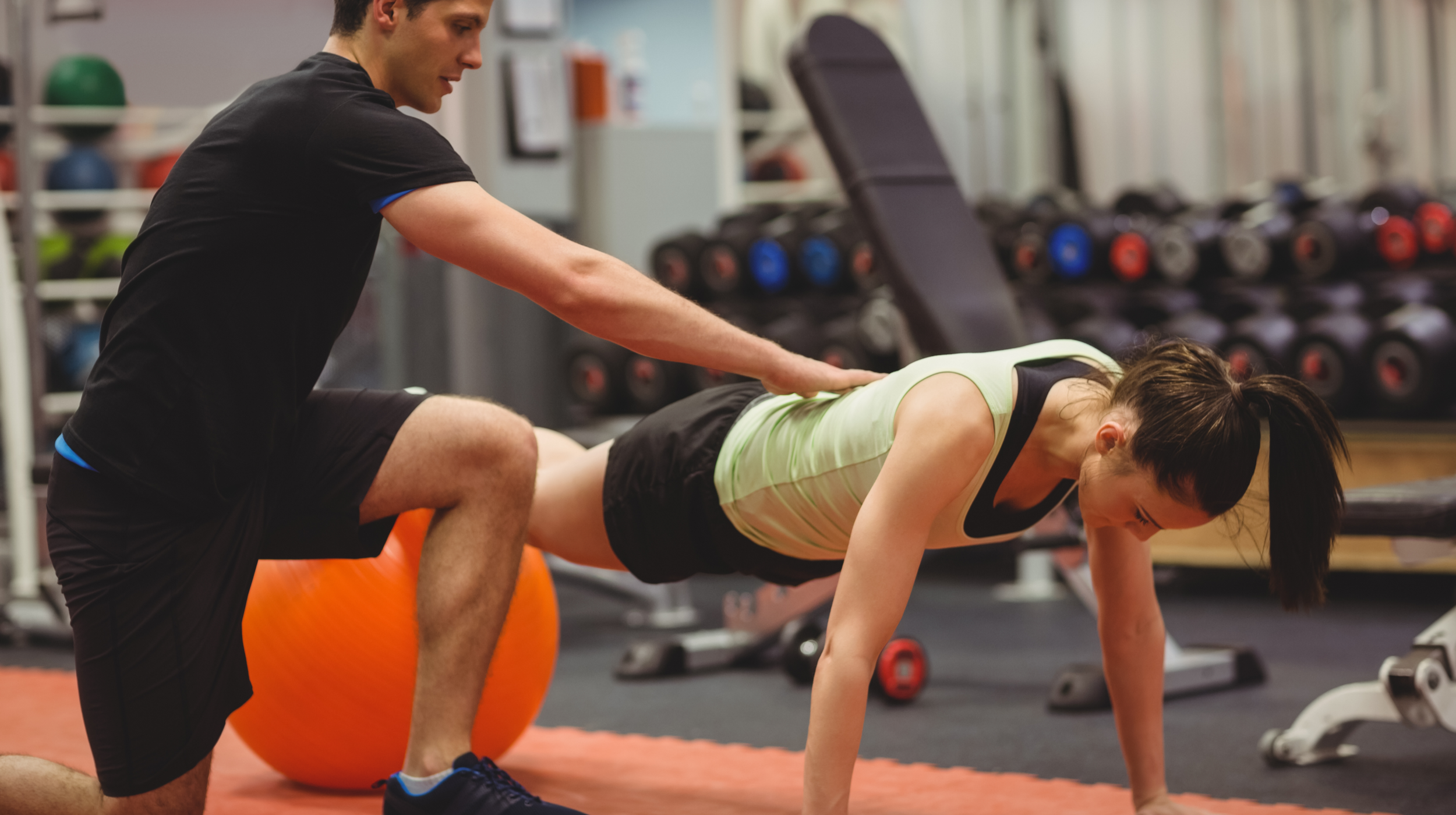What is the First Thing a Personal Trainer Should do With a Client?
Jan 17, 2022 mindpumpWhen a client first signs up with you as a trainer, your goal is to obtain information. I’ve seen too many new trainers just jump into a workout. I’m not sure if this is because they are nervous and want to leave a good impression, or feel the need to show that their client is getting their money’s worth. The fact of the matter is, you should be spending the majority of that first session getting to know, and assessing your clients so you can create a workout individualized to their needs.
Figure Out Their Goals
Take the time to ask about their previous experience (if at all) in the gym. You’ll no doubt have a wide variety of clients with different sets and experiences inside a gym. For some, this may be the first time and they are very intimidated. For others they may be experienced and just want help with their programming.
Some other questions you should consider asking are:
What previous injuries do you have?
What is your short term and long term goal?
Is there a style of training you have always wanted to try?
Is there any style of training you have zero interest in?
What does your current nutrition look like?
What time frame would you like to see yourself achieve these goals?
These are just some of the questions you should think about asking your client. Your objective is to see where their head is at, and what resistance they may have about training. Being a good trainer is as much about getting a feel for their mindset, as it is laying out goals.
Do An Assessment
Any good trainer will perform an assessment. In fact, if you are a new trainer, or one who goes right into the workout and doesn’t see the need for assessing their posture, you are doing a disservice to both you and the client’s experience.
An assessment like an overhead squat, will help you see any imbalances they may have. It’s a simple exercise any client can perform that will allow you to see top to bottom where their weak areas are. I also highly recommend using the MAPS Prime assessment movements to get a more in depth look at your clients strengths and weaknesses. From there, you can later make notes as to which exercises they can warm up with or throw in between exercises to activate or strengthen lagging areas.
Map Out Their Plan
You don’t need the exact word for word plan before that session ends. Chances are, you’ll have made a bunch of notes, and need some time to put together a comprehensive program that they can start implementing in their next session. What you can do in the meantime, is create or talk about a rough guideline based on their goals and needs that will help them address their short term and long term goals.
You should be able to speak to what kind of overall program you think would work best for them, as well as how you might address any areas they may not have thought of that are holding them back and why that is important as well. Client’s don’t need to know the science, they just want to know they are in good hands. Help clarify any concerns.
If you’d like more tips on being the best trainer you can be, check out my article on the Top 3 Things You Need to Do to be a Successful Trainer.







